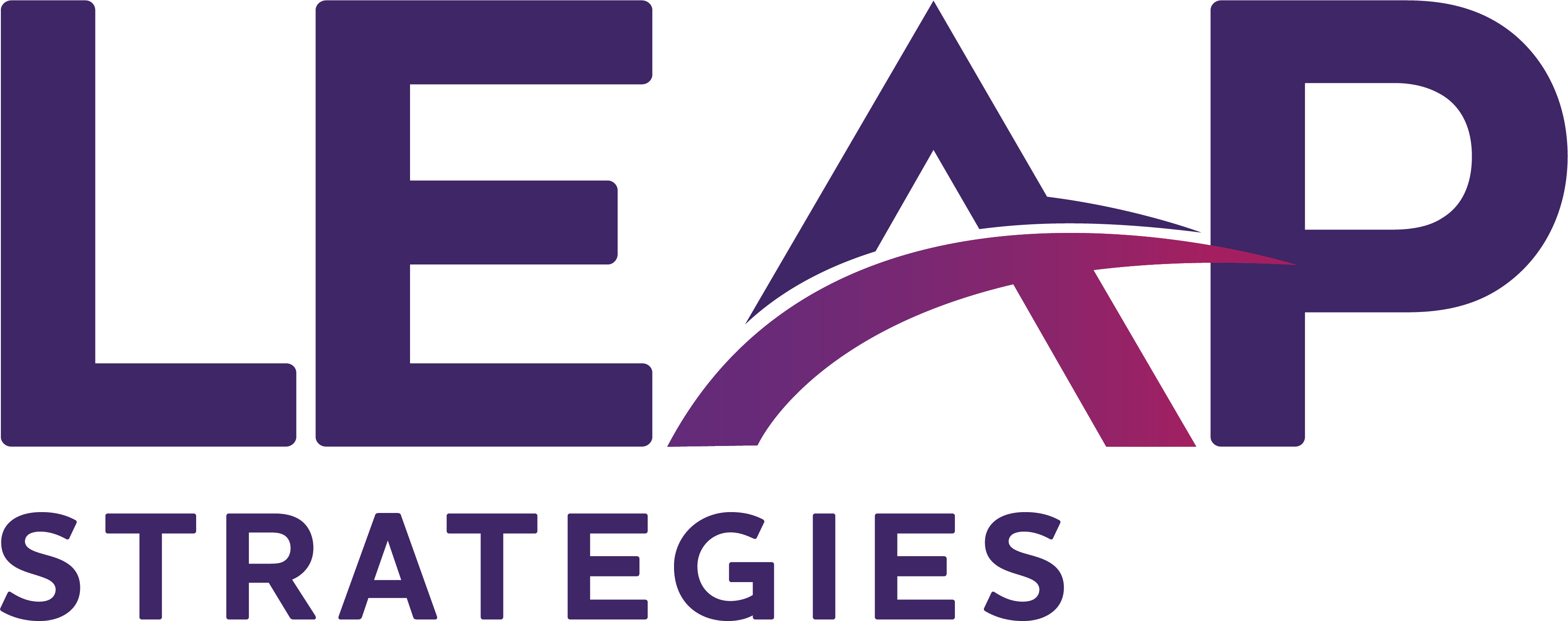Business Continuity and
Disaster Recovery (BCDR)
A good Business Continuity and Disaster Recovery strategy ensures your business is resilient when things take a turn for the worst.
To build a BCDR plan that fits the needs of your SME, we guide you through the key steps required to identify where your risk is, and how to mitigate it, keeping your business going for years to come.
Here's where we come in
Disasters aren’t just limited to the physical kinds. Securing your data through effective planning and recovery strategies means the important systems and data running your business can remain available and accessible.
We specialise in guiding SMEs through these challenges, ensuring minimal disruption and a swift recovery.
Risk Mapping
Get to know what your threats are
Risk Mapping is the first step of any BCDR plan and involves getting to know the ins and outs of your business and how your systems and data processes currently work. We’ll work together to map out potential risks and vulnerabilities that may leave your business open to disruption or disaster.


Custom Implementation
Resilience is in the blueprint
We work together to create your unique BCDR blueprint. This is where we blend our expertise with your needs, designing a plan that is robust and can seamlessly integrate into your processes.
Continuous Protection
An evolving landscape means evolving protections
Finally, we roll up our sleeves and turn your blueprint into a reality. We’ll walk you through setting up, testing, and training your team to meet this new normal for your business. We want to ensure your business is protected and ready to bounce back stronger from any future setbacks. As your business evolves, so will your BCDR plan.

FAQ's
What is Risk Mapping?
Risk mapping is more than just mapping the surface threats that could impact your business. It’s a dynamic process and one that will continue after we carry out our initial assessment.
Risk Mapping can include:
- Identification of internal or external risks
- Categorisation of each risk based on impacted business areas
- Likelihood assessments and risk scoring
- Risk maps representing impact vs likelihood
- Risk mitigation strategies
Risk mapping is also beneficial for improving current risk management processes and gauging how mature a business is in terms of their cyber security posture.
Is my business really at risk? Do I really need to have a BCDR plan?
Yes, all business types and sizes are at risk of being a target for a cyber attack. In Australia, it has been reported that only 1 in 4 small businesses have a robust disaster recovery plan in place despite the high risk potential of disruption that exists.
How often should I update my BCDR plan?
As your business evolves, so should your Business Continuity and Disaster Recovery plan in order to update your risk assessment and mitigation strategies. There is no exact timeframe for every company but rather, it’s a continuous journey with your team to identify your risks and ensure your business is protected against cyber risks.
Is your Business Prepared for the Unexpected?
Discover the secrets to creating a robust Business Continuity and Disaster Recovery (BCDR) plan with our insights. Learn how to protect your business against data disasters and safeguard your valuable information.
Talk to an Expert Today
Safeguard your business and build a resilient digital fortress with LEAP Strategies.
Talk to an expert today

